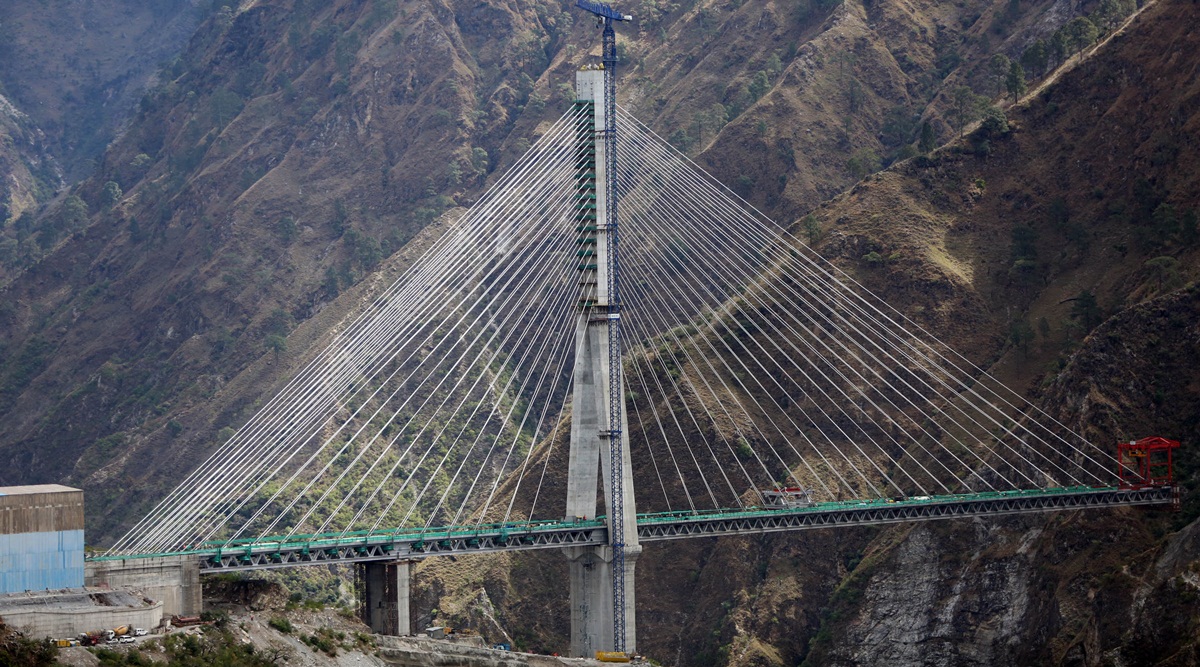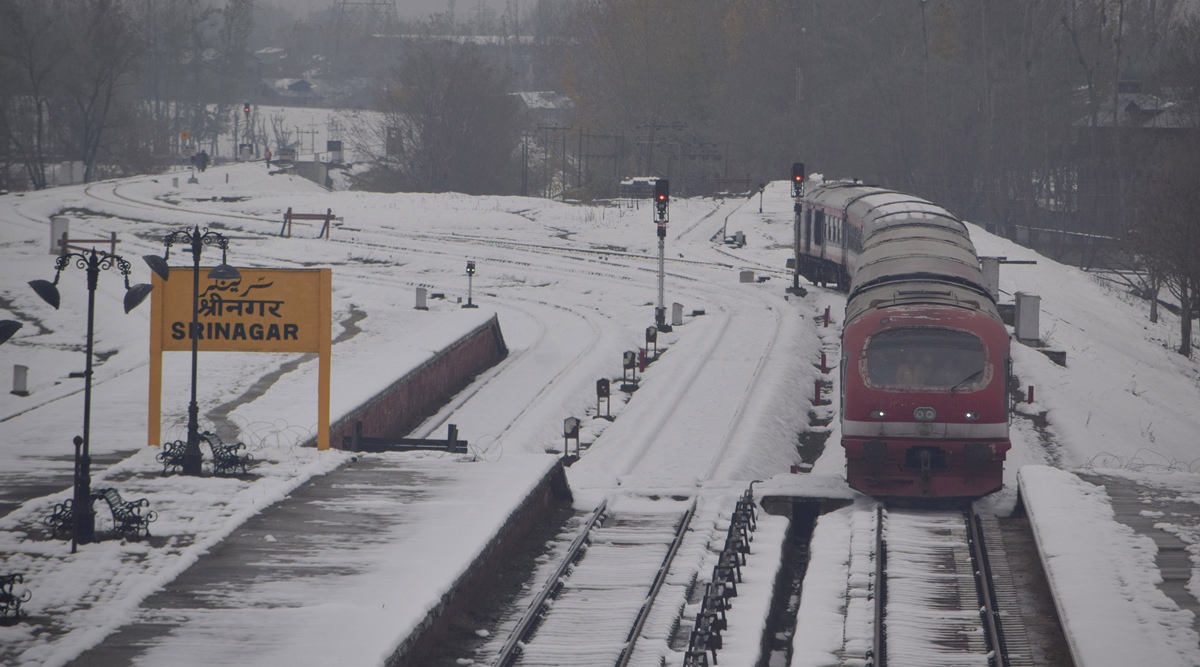HISTORY OF TRAIN TO KASHMIR
1. Context
Railway Minister Ashwini Vaishnaw said last month that a Vande Bharat Express will run between Jammu and Kashmir “in December [2023] or January-February next year” after work on the 272-km Udhampur-Srinagar-Baramulla Railway Line (USBRL) is completed
2.History of the Project
- The line will connect Srinagar and Baramulla in the Valley with the rest of the country by train, and will provide a reliable and cost-effective all-weather alternative to the Jammu-Srinagar national highway that is frequently shut down by landslides
- The first railway line in the former princely state of Jammu and Kashmir was built by the British in 1897 over a distance of 40-45 km between Jammu and Sialkot in the plains
- In 1902 and 1905, a railway line was proposed between Rawalpindi and Srinagar along the course of the Jhelum, which would have connected the Kashmir Valley with the railway network of undivided India
- But Maharaja Pratap Singh of Jammu and Kashmir was in favour of a Jammu-Srinagar line via Reasi, and neither project progressed
- After Partition, Sialkot went to Pakistan, and Jammu was disconnected from India's rail network. Until the inauguration of the Pathankot-Jammu line in 1975, the railway station nearest to Jammu and Kashmir was Pathankot in Punjab
- In 1983, work began on a railway line between Jammu and Udhampur
- The project, which was completed in 2004, has 20 major tunnels, the longest of which is 2.5 km long, and 158 bridges, the highest of which is 77 m high
- With work underway on the Jammu-Udhampur line, the government of Prime Minister P V Narasimha Rao in 1994 announced the extension of the line from Udhampur to Srinagar, and then Baramulla
- This was the USBRL project, which was approved in March 1995 at an estimated cost of Rs 2,500 crore

3. Challenges & Innovations
- The Himalayas are young, and the geologically unstable Shivalik Hills and Pir Panjal mountains lie in the seismically most active Zones IV and V
- The terrain is difficult and sees heavy snow in winter, and presented serious challenges in the construction of bridges and tunnels
- More than 205 km of motorable roads — including a tunnel and 320 bridges — were built at a cost of Rs 2,000 crore to transport heavy machinery, construction material, and workers to construction sites, many of which were on sheer mountain faces at inclines of 70 degrees or more
- In view of the challenges in the construction of highly complex tunnels and huge bridges in unstable mountainous terrain, engineers of the Railways devised a novel Himalayan Tunneling Method (HTM), in which horseshoe-shaped tunnels were constructed instead of the usual D-shaped ones

5. Benefits of the Project
- The train will bring down the travel time between Srinagar and Jammu to between three and three-and-a-half hours from the five to six hours that it takes by road currently
- According to Railway Minister Vaishnaw, the Vande Bharat trains will allow people to travel from Jammu to Srinagar and return that same evening
- The train will benefit the people of Kashmir by facilitating hassle-free transport of goods such as apples, dry fruits, pashmina shawls, handicrafts etc., to other parts of the country in the shortest possible time and at lesser cost
- The cost of transporting items of daily use to the Valley from elsewhere in the country is also expected to go down significantly
Source: indianexpress




